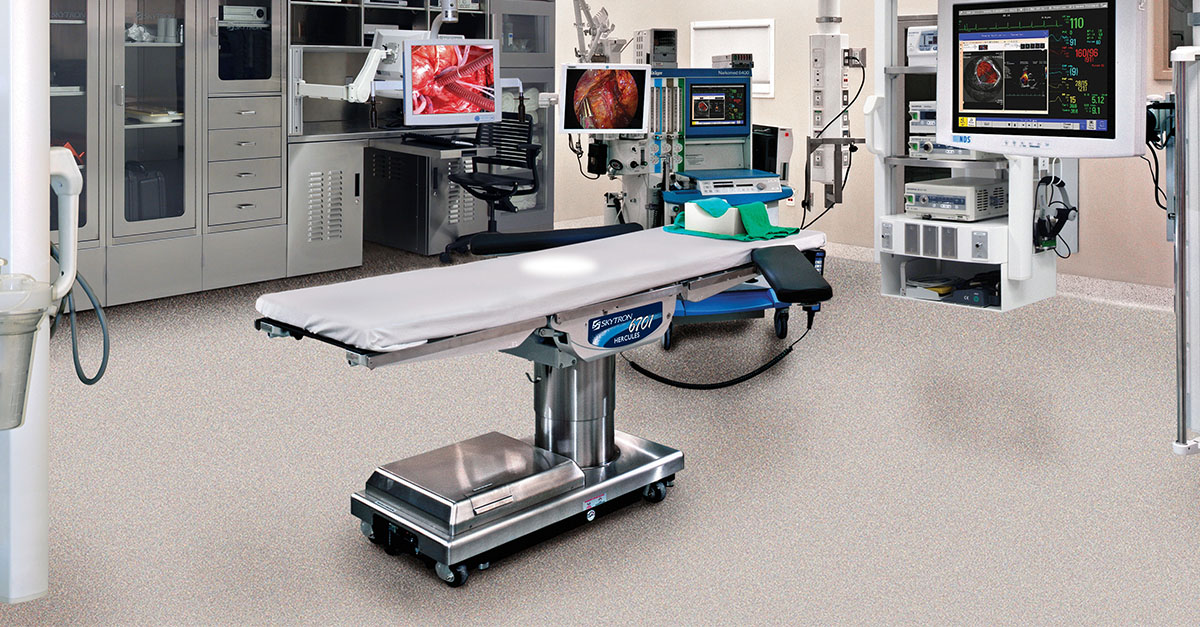How to Choose the Perfect Operation Theatre Table for Your Facility

Choosing the right operation theatre (OT) table is crucial for any medical facility. The right table not only ensures the comfort and safety of the patient but also facilitates the efficiency and effectiveness of surgical procedures. Here’s a comprehensive guide to help you select the perfect OT table for your facility.
1. Understand Your Requirements
a. Types of Surgeries
Identify the types of surgeries your facility most frequently performs. Different surgeries require different table features. For example, orthopedic surgeries may need a table with traction capabilities, while cardiovascular procedures might require a table with advanced imaging compatibility.
b. Patient Demographics
Consider the demographics of your patients. Pediatric patients, bariatric patients, and geriatric patients all have different needs. Ensure the table can accommodate a range of patient sizes and weights.
2. Evaluate Key Features
a. Adjustability
An OT table must offer a wide range of adjustments to cater to various surgical procedures and patient positions. Look for tables that allow for easy adjustments in height, tilt, lateral tilt, and Trendelenburg and reverse Trendelenburg positions.
b. Weight Capacity
Ensure the table has a sufficient weight capacity to support all patients, including bariatric patients. A standard OT table typically supports up to 250 kg, but tables designed for bariatric use can support more.
c. Imaging Compatibility
With the increasing use of imaging technologies in surgeries, it’s crucial that the OT table is compatible with C-arms and other imaging equipment. Tables with radiolucent tops allow for clear imaging without the need to move the patient.
d. Durability and Maintenance
The table should be made of high-quality, durable materials that can withstand frequent use and rigorous cleaning protocols. Look for tables with easy-to-clean surfaces and minimal maintenance requirements.
3. Consider Ergonomics and Safety
a. Surgeon and Staff Ergonomics
The table should be designed to minimize strain on surgeons and operating room staff. Features like motorized adjustments and easy-to-use controls can enhance ergonomic comfort and reduce the risk of injury.
b. Patient Safety
Safety features such as secure locking mechanisms, side rails, and anti-skid surfaces are essential to prevent patient falls and ensure stability during surgery.
4. Review the Technological Features
a. Integration with Other Equipment
Modern OT tables often come with integrated control systems that can synchronize with other surgical equipment, enhancing workflow efficiency. Check if the table can be integrated with your existing systems.
b. Power Source
Decide between a manual or motorized table. While motorized tables offer ease of use with automated adjustments, manual tables can be more reliable in power outage situations.
5. Budget Considerations
a. Initial Cost vs. Long-Term Investment
While the initial cost is a significant factor, consider the long-term investment. A high-quality OT table may have a higher upfront cost but can save money in the long run due to its durability, lower maintenance costs, and enhanced efficiency.
b. Financing Options
Explore financing options if the cost is a concern. Many suppliers offer leasing or payment plans, which can make it easier to manage the expense.
6. Seek Expert Advice and Reviews
a. Consult with Surgeons and Staff
Get feedback from the surgeons and staff who will be using the table. Their input on ergonomics, functionality, and ease of use can be invaluable.
b. Read Reviews and Case Studies
Look for reviews from other facilities and case studies that highlight the table’s performance in real-world scenarios. This can provide insights into the table’s reliability and effectiveness.
Conclusion
Choosing the perfect operation theatre table for your facility involves careful consideration of various factors, from the types of surgeries performed to the ergonomics for surgeons and staff. By evaluating your specific needs, reviewing key features, and considering budget implications, you can make an informed decision that enhances the efficiency of your surgical procedures and ensures the safety and comfort of your patients.
Investing in the right OT table is a critical step towards improving surgical outcomes and the overall quality of care in your facility.






